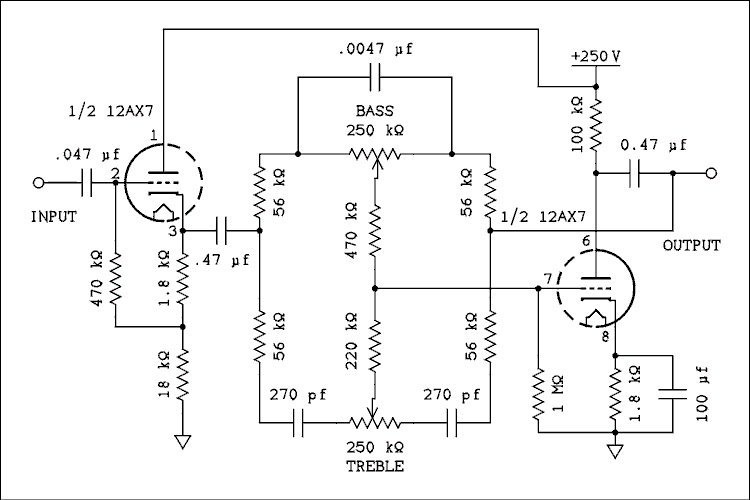ioaudio
Well-known member
bass almost drops to -10db @ 50kOhm terminated, but treble only down to -5db.
the 500k termination is part of the filter network, go directly to grid or fet for best linearity.
-max
the 500k termination is part of the filter network, go directly to grid or fet for best linearity.
-max



